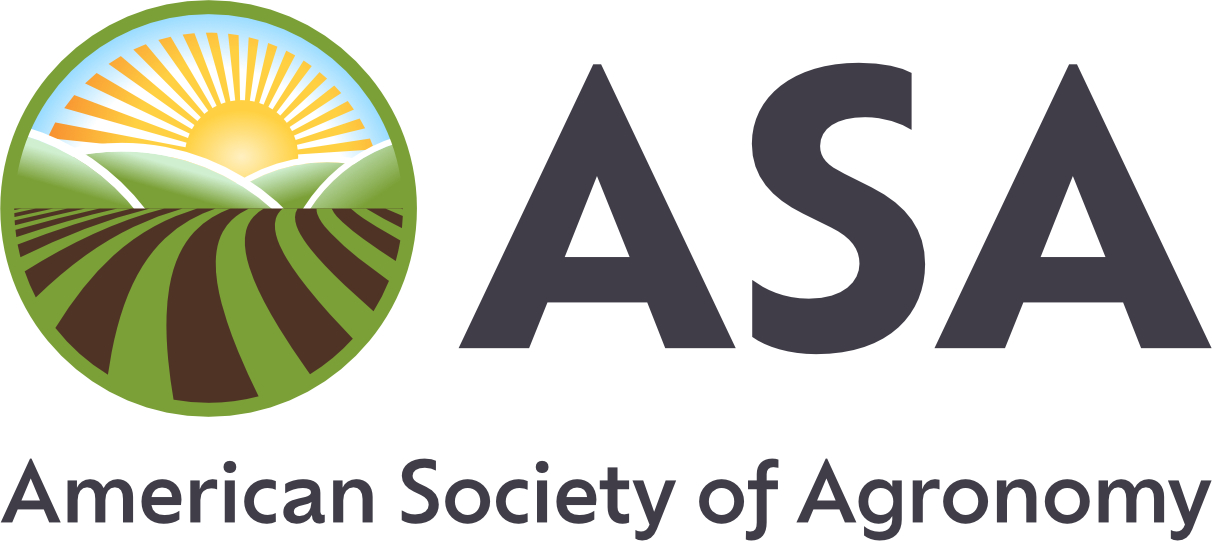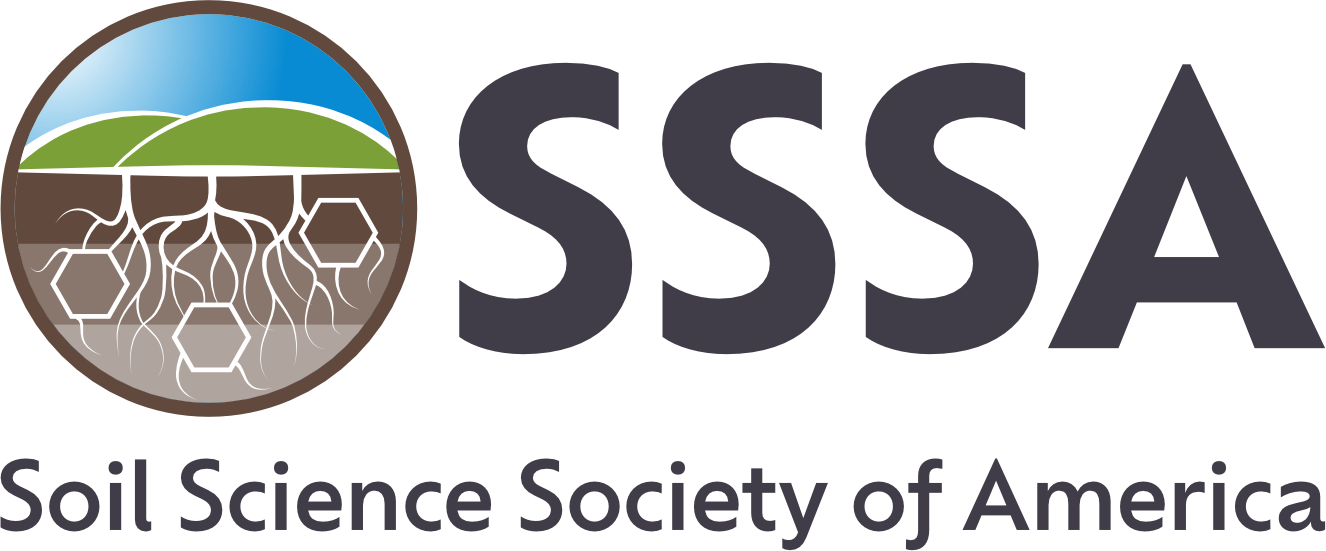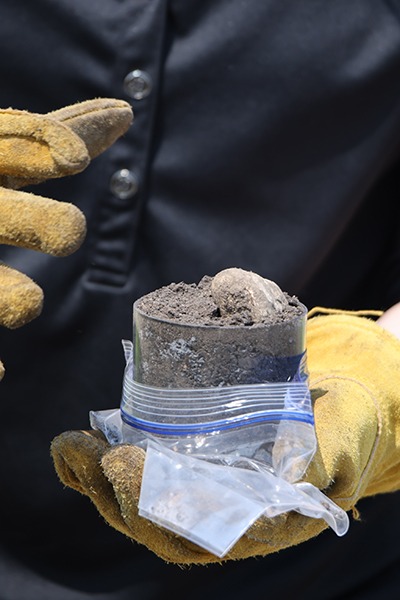Can Dietary Supplements Decrease Enteric Methane Emissions?
The short answer: Yes, dietary supplements help cut methane emissions in several ways. Methane inhibitors have been shown to reduce methane by over 30% while gut modifiers can reduce emissions by 5 to 20%.
Back it up: Globally, the livestock industry accounts for a significant portion of anthropogenic emissions, contributing between 9-25% of overall emissions, with ruminants alone responsible for around 11.6%. The urgency of climate change mitigation has placed livestock agriculture at the forefront of efforts to reduce emissions, particularly focusing on enteric methane.
Methane is a potent greenhouse gas, created as a byproduct of microbial fermentation in the digestive system of ruminant animals.
- As microbes break down food, hydrogen is released, which is then utilized by methane-producing archaea, along with carbon dioxide, to form methane.
- Most of this methane is subsequently released by the animal through eructation, or burping.
- About 2 to 11% of the energy a ruminant eats is lost as methane; methane gas has an environmental impact over 30 times greater than carbon dioxide over a 100-year period.
Feed additives have emerged as a promising strategy to reduce enteric methane emissions. These additives can be divided into two primary categories: methanogenesis inhibitors and compounds that influence the metabolic pathways of ruminal fermentation.
Methanogenesis inhibitors, such as 3-nitrooxypropanol (3-NOP), have garnered significant attention due to their direct impact on curbing methane production.
- 3-NOP, also known as Bovaer in Europe, has consistently shown methane reduction effects across various studies. Its effectiveness depends on factors like inclusion rate, animal species, and diet composition.
- In dairy cattle, administering 70.5 mg of 3-NOP per kilogram of dry matter can reduce methane emissions by approximately 32.8%.
- But diet, especially the amount of fiber and crude fat, can influence how well 3-NOP reduces methane emissions.
- Notably, 3-NOP is the sole approved anti-methanogenic feed additive on the market (excluding the US and Canada).
- Macroalgae is another promising category. Macroalgae, like the red seaweed Asparagopsis taxiformis, contain bromoform—a compound that mimics methane. When incorporated into animal diets, certain macroalgae have demonstrated potential methane emission reductions ranging from 50 to 95% in sheep, dairy cattle, and beef steers.
- However, a deeper understanding of the impact of bromoform on livestock health and production, as well as long-term studies, is still needed.
Another promising approach to methane reduction entails modifying the rumen environment. This approach works by making conditions unfavorable to methanogens or provide alternative hydrogen sinks.
- Nitrate is one such option. Once introduced into the rumen, nitrate undergoes reduction processes, creating a favorable thermodynamic pathway for hydrogen consumption.
- Nitrate can lead to methane reductions of about 15%, although its potential toxicity at higher doses currently limits its use.
- Essential oils (EO), characterized by their volatile and lipophilic compounds, offer another avenue for methane mitigation.
- EO disrupt microbial functions and increase propionate concentrations, which restrict hydrogen availability for methanogenesis.
- Commercial blends like Mootral and Agolin Ruminant have demonstrated some methane reduction potential, though consistency in results needs further investigation.
- Tannins, water-soluble polyphenolic compounds, also hold promise.
- Found in sources like Leucaena and grape pomace, tannins can bind to proteins, act as hydrogen sinks, and disrupt interspecies hydrogen transfer.
- Methane reduction potential depends on tannin type, inclusion rates, and source.
Beyond feed additives, innovative approaches like CRISPR-based microbial engineering are being explored, with expectations of revolutionizing emissions reduction.
In short: Over the next five to ten years, we can expect to see a 30 to 50% reduction in enteric emissions in ruminants through increased use of feed additive strategies. As the urgency of climate action intensifies, the livestock industry’s commitment to adopting these methods could play a pivotal role in mitigating the impacts of global warming.
Dig deeper: If you enjoyed this article, check out the Decode 6 Podcast episode with Dr. Kebreab. You’ll hear him dive into the opportunities and costs of using feed additives on farm to curb enteric methane emissions.
Photo by Morgan Lieberman, Mizzou CAFNR.








